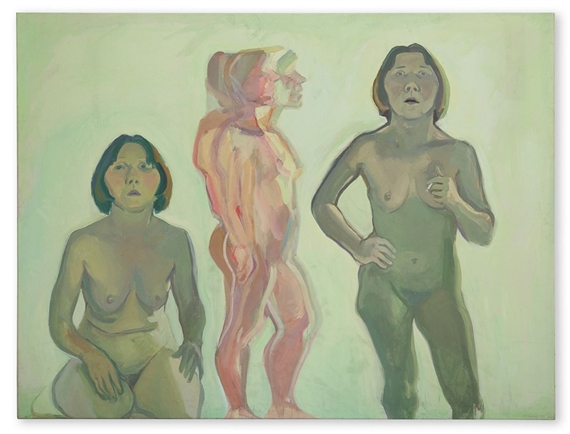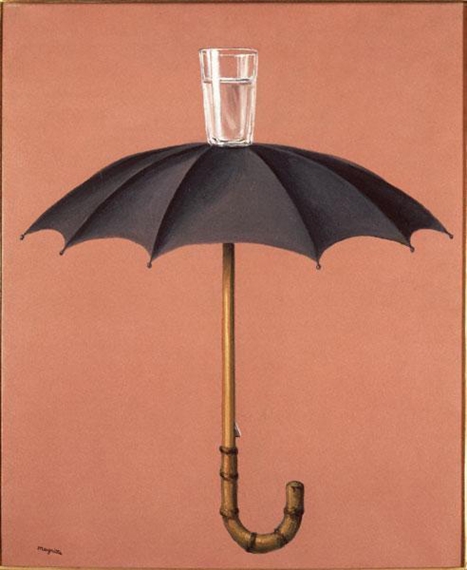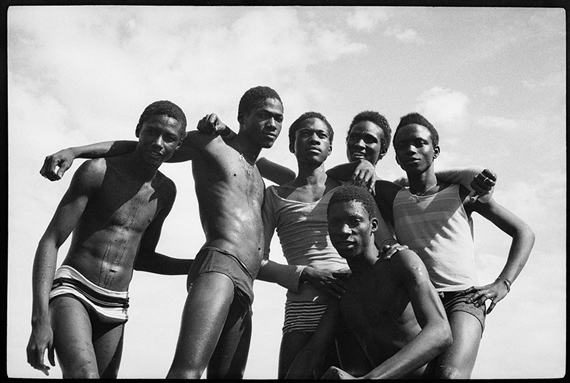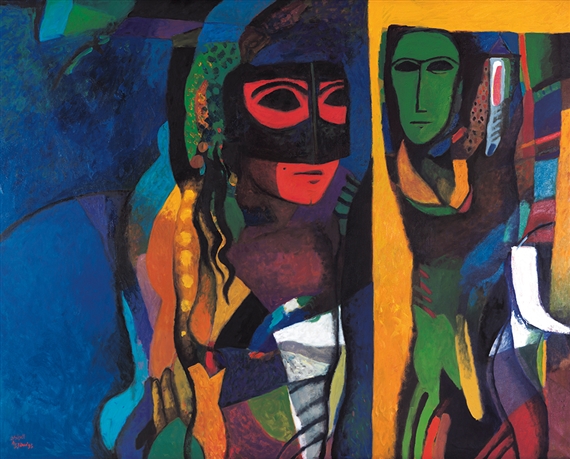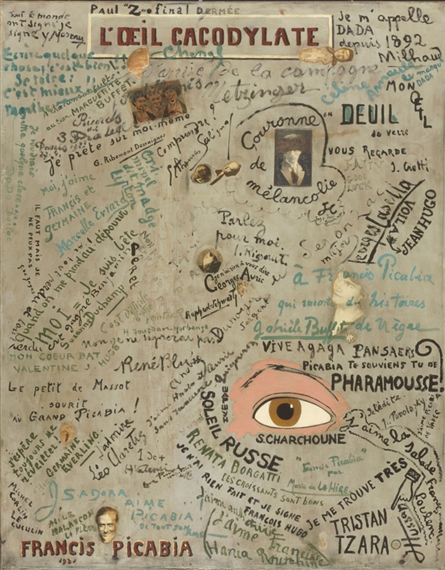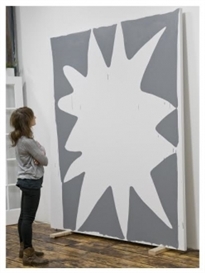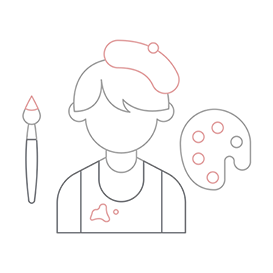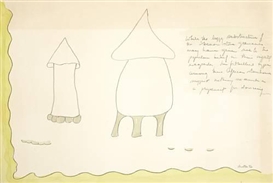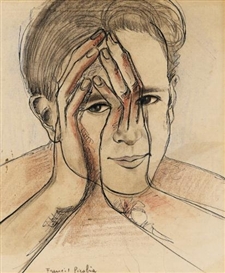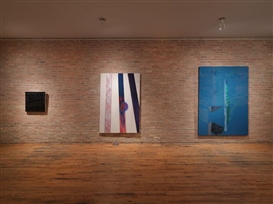Top Fall 2016 Exhibitions at the World’s Leading Museums and Institutes
It’s the point in mid-August where we start to think about how quickly time has flown by this summer and to prepare ourselves for the new. At the world’s top museums and institutes, the Fall exhibition season will set the tone for culture’s busiest time, an arch between global and local ways of thinking, defining the calendar for the end of 2016 and into next year. There’s never been a better time to look forward, rather than back.
Charlotte Jansen / ���ϲ�����
24 Aug, 2016
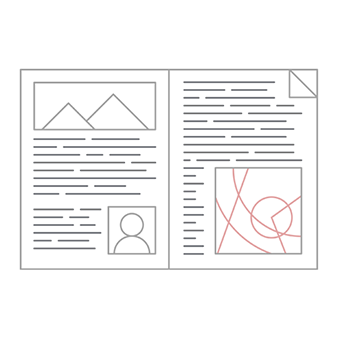
“Summer's lease hath all too short a date,” wrote Shakespeare in his incomparable sonnet on summer. Wherever you are in the world right now – or wherever you may have been this summer, you might already be getting the creep of Fall: that slow stalk towards the time the leaves turn golden amber. Of course, if you like, in the UK, summer will be more a mysterious thing than Autumn, something of Instagram fantasy, not real life. It’s the point in mid-August where we start to think about how quickly time has flown by this summer and to prepare ourselves for the new. At the world’s top museums and institutes, the Fall exhibition season will set the tone for culture’s busiest time, an arch between global and local ways of thinking, defining the calendar for the end of 2016 and into next year. There’s never been a better time to look forward, rather than back, and even in the historic presentations coming up – from avant-garde Picabia at MoMa to Magritte at the Pompidou – there’s a strong interrelation between these shows, looking at the most radical ways artists confront the most radical eras, and how they repossess the dispossessed – with humanism, gall and creative production. These shows will be the hinges on which the culture of Fall 2016 will hang – and whether you’re able to visit them or not, you’ll be hearing about them when the weather starts to turn.
Maria Lassnig at Hauser, Wirth & Schimmel, Los Angeles
17 September - 31 December, 2016
Maria Lassnig, Dreifaches Selbtsporträt / New Self (Triple Self-Portrait / New Self), 1972, Oil on canvas, 173 x 230 cm / 68 1/8 x 90 1/2 in. © Maria Lassnig Foundation.
Hauser Wirth & Schimmel start the Autumn season in Los Angeles with this exhibition of Austrian painter Maria Lassnig, considering how her work has developed, from the “Dogpack” group she was involved with early in her career in Austria, to her “body consciousness” technique that she would later turn entirely towards, abandoning abstraction. This is an extensive exploration of Lassnig’s approach, with works from five decades of a career that was only properly appraised when the artist was already in her sixties.
René Magritte at the Centre Pompidou, Paris
21 September, 2016 - 23 January, 2017
Rene Magritte, Hegel's Holiday (Les Vacances de Hegel), 1958, oil on canvas, 60 x 50 cm. © Adagp, Paris 2016 © Photothèque R. Magritte / BI, Adagp, Paris, 2016.
Continuing the Pompidou’s monographic exhibition series on artists who shaped the art of the 20th century, this presentation of the Belgian surrealist artist will contextualize Magritte’s influence on Minimalism and Pop, and examine the philosophical ideas that were the cornerstone of his practice. The exhibition title La traison des images (The Treachery of Images) takes its name from Magritte’s most iconic work of the same name: his painting of a pipe with the caption “Ceci n’est pas une pipe.”
The Collection of Hermann and Magrit Rupf at the Guggenheim, Bilbao
11 November, 2016 - 23 April, 2017
Fernand Léger, Green Leaves (Still Life) (Les feuilles vertes [Nature morte]), 1927, Oil on canvas, 92 x 73 cm. Hermann und Margrit Rupf-Stiftung, Kunstmuseum Bern.
Who are the people who buy art and how do they change art history? This unique presentation at the Guggenheim Bilbao will shed light on one of the most important collector couples in Europe: the Rupfs. The Swiss husband and wife were the first to buy abstract art, purchasing early pieces by Picasso and Braque in Paris in the early 1900s, and amassing a collection of more than 250 artworks by the end of their lives—today conserved by a foundation in their name in Bern. Hermann Rupf was also an active art critic and championed the unconventional.
Guerrilla Girls at the Whitechapel Gallery, London
1 October, 2016 - 5 March, 2017
With the continued, concerted efforts of museums around the globe to feature female artists, this exhibition at the Whitechapel taps into a trend but also brings important historical scope to the contemporary “4th wave” of feminist art, and questions how much progress has genuinely been made. Guerrilla Girls first raised the question of skewed museum representation in the 1980s, and this exhibition revisits their iconic 1986 poster “It’s Even Worse in Europe”—based on statistics gathered about the numbers of artists presented at European museums who are female, non-gender-conforming, or from Africa, Asia and Latin America. The exhibition opens on October 1 with a lecture by the artists reflecting on three decades of their work—and what still needs to be done.
Riot Grrls at the MCA, Chicago
17 December, 2016 - 4 June, 2017
Judy Ledgerwood, Sailors See Green, 2013, Oil and metallic oil on canvas, 96 1/8 x 78 1/16 in. (249.2 x 198.3 cm). Collection Museum of Contemporary Art Chicago. © 2013 Judy Ledgerwood Photo: Nathan Keay, © MCA Chicago.
In Chicago they’re also challenging the boy’s club mindset that still pervades the art world. One of the biggest challenges still affecting women artists is the market value of their work – still staggeringly low compared to their male counterparts. Just like in every other profession in the world (with the exception of modeling) women are getting paid less. A show of solidarity whatever the price of the works, Riot Grrls features female painters from the MCA’s collection tracing a trajectory from one generation to the next. Key works by Mary Heilmann, Charline von Heyl, Ree Morton, Judy Ledgerwood, Joyce Pensato, Molly Zuckerman-Hartung, Amy Feldman, Tomma Abts, Ellen Berkenblit and Jackie Saccoccio will be on show from December.
Malick Sidibé at Somerset House, London
6 October, 2016 - 15 January, 2017
Malick Sidibé, A la plage,1974, barium silver print, 50 x 60 cm. © Malick Sidibé, Courtesy Galerie MAGNIN-A, Paris, Malick Sidibé.
When Malick Sidibé passed away, aged 80, in April this year, obituaries rolled in from every major news outlet in the world in recognition of the unprecedented influence of his work. It has also ignited a fresh wave of interest in West African studio photography in Europe and in the US on an institutional level. Known as the “eye of Bamako,” he was the first photographer to be awarded the Golden Lion at Venice, and would later receive the Hasselblad award for photography and the ICP’s Infinity award for lifetime achievement. Though widely celebrated during his lifetime, this is the first major presentation of Sidibé’s work in the UK capital. The exhibition is organized jointly by 1:54 Contemporary African Art Fair and MAGNIN-A gallery, Paris and includes 45 prints from Studio Malick shot in the 1960s and 1970s - introducing his extremely attractive style and significant visual history to a new generation.
Proof at Garage Museum of Contemporary Art, Moscow
30 September, 2016 - 5 February, 2017
Three artists, living in three eras, working on three different continents are brought together in this exhibition in Russia. Francisco Goya, Sergei Eisenstein and Robert Longo have each lived through periods of widespread cultural, political and social unrest. Co-curated by Longo with Garage Chief Curator Kate Fowle, this is a bold contemplation of politics and power in art and a reflection on the present through the past.
Dia Al-Azzawi, Qatar Museums, Doha
16 October, 2016 - 16 April, 2017
Dia Al-Azzawi, Majnun Layla no. 2 (Temptation), 1995, acrylic on canvas, Mathaf, Doha.
A giant retrospective of Iraqi-born artist Dia Al-Azzawi gives a new perspective on the colourful, sculptural works of the pioneer of modern Arab art. Al-Azzawi moved to the UK in 1976, but from there he continued to be preoccupied with Arab culture and to observe Iraqi culture from afar. Al-Azzawi has been in particular concerned with documenting tragedy and violence. “When I left and came to London, Iraq became like a small village. I managed to get more knowledge about my culture and my history being here than when I’m in Baghdad,” Al-Azzawi said in a video interview filmed for TateShots.
Francis Picabia at MoMA, New York
20 November, 2016 - 19 March, 2017
Francis Picabia, L’Œil cacodylate (The Cacodylic Eye), 1921. Centre Pompidou, Paris. © 2016 Artists Rights Society (ARS), New York/ADAGP, Paris. Photo: © CNAC/MNAM/Dist. RMN-Grand Palais/Art Resource, NY.
This is the first major exhibition of the enigmatic Francis Picabia to take place in the USA – and the first dedicated presentation of his work at the MoMA. Alongside 125 paintings which reveal the avant-garde artist’s constantly surprising and shifting interests, will be examples of his lesser-known forays into theatre, publishing and screen writing. Read about the current Picabia survey at the Kunsthaus Zurich, a partner to the MoMA exhibition, here.
Ibrahim Mahama at the Tel Aviv Museum
Opening December 2017, dates TBA
Ghana’s art scene has undoubtedly been in the international spotlight in recent years. A high calibre class of artists – including Mahama – has emerged, particularly from the prestigious KNUST School in Kumasi, central Ghana, where students are taught according to an “emancipatory” art teaching method and are encouraged to think about the way their art interacts with the space around it, whether political, geographical or social. Mahama also belongs to a group of artists from Ghana – including Serge Attukwei Clottey and El Anatsui – who repurpose common everyday items not only for their materiality but to critique the wider systems they symbolize. Mahama’s giant installations of burlap sacks (used by the Ghana Cocoa Board and later by charcoal sellers) are a form of critique.
—Charlotte Jansen

 ARTISTS
ARTISTS







